Whoa! Just found this cleaning out my computer. This is the compliation footage I took while researching my thesis in Architecture school.
Does anyone have song suggestions? Currently there is no sound.
 Abbot Suger,
Abbot Suger,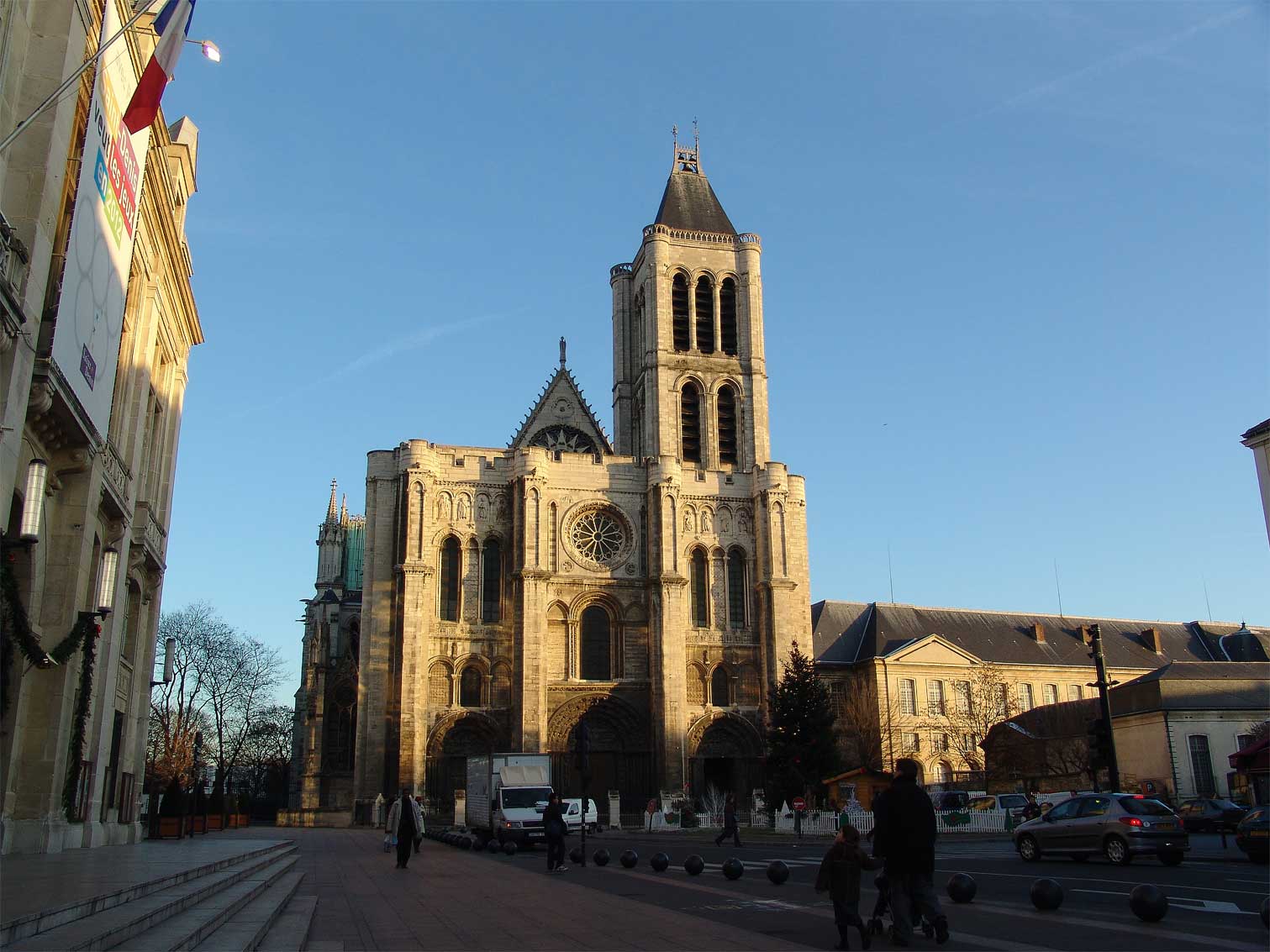 Then again, I may be wrong, your attempts may be, in earnest, for the glory of God and the saving of souls. Surely a Catherdral filled with the majesty of pure light would never be taken as a giant 'we're better than you' to England. What with their craggly, boorish and brutal castles. This catherdral is a step towards the future, a step out of chaos, a step for France.
Then again, I may be wrong, your attempts may be, in earnest, for the glory of God and the saving of souls. Surely a Catherdral filled with the majesty of pure light would never be taken as a giant 'we're better than you' to England. What with their craggly, boorish and brutal castles. This catherdral is a step towards the future, a step out of chaos, a step for France. Daaaaaaaaymn Louise Blanchard Bethune, you fine.
Daaaaaaaaymn Louise Blanchard Bethune, you fine. soon? You married? you are. you work with him. Then you must need a break. Shiiiiii girl you gimme your number I promise I won't call it all the time, just when little mama needs a break you know. Oh you gotta go..well that's cool. I'll be here tomorrow to look at your lovely face..girl you filling out that hoop skirt.
soon? You married? you are. you work with him. Then you must need a break. Shiiiiii girl you gimme your number I promise I won't call it all the time, just when little mama needs a break you know. Oh you gotta go..well that's cool. I'll be here tomorrow to look at your lovely face..girl you filling out that hoop skirt.What draws us to the beauty and majesty of the American west: Is it the search for meaning outside of a tiresome eastern machine? Is it the desire for change in scene and situation? Or is it to escape massive, massive gambling debts from a guy named “Lips”, but enough about my troubles. Let’s talk travel.
Going over a few of the stops:
Byers-Evans House (1310 Bannock St)
Molly Brown House (1340 Pennsylvania Street)
Colorado State Capitol (136 State Capitol, Denver)
Denver Convention Center (700 14th Street)
Denver Public Library (10 West 14th Avenue Parkway)
Denver Art Museum (100 W. 14th Ave)
I think my favorite architectural spot was the Byers-Evans House, which was a frozen in time moment of the Victorian age. However the Art Museum had maybe one of the most fascinating collections I’ve ever seen. Charming, charismatic and deceptively intelligent – it was pretty wonderful. Best parts being (at least in my opinion):
http://images.travelpod.com/
http://images.travelpod.com/
http://www.denverartmuseum.
http://www.youtube.com/watch?v=v-hP0F05k3E
Now, the last time I had been to Colorado it was because I had an objective. but I think the best way to "see" Denver is to give up expectations and let it decide what it wants to be. With a landscape like Switzerland and flat grade level, this is the kind of city that can expand into the unexpected.
“YOU ARE NOW MY GIRLFRIEND!”
“NO!” she protested “I’M MARRIED – JE SUIS MARRE!”
“SO AM I! THIS IS FRANCE! I AM A FRENCH LOVER!”
Then he took off his shirt revealing chest hair that was the perfect combination of magnificent and grotesque. Like the movie Dune.
“SEE! FRENCH! I AM IRRESISTIBLE”
Then his face fell and he vomited into the cooler they had brought with them. Ahh…such old world charm.
Little did I know that this was a fitting introduction to Marseilles, a city that is gritty and charming. To paraphrase “It’s like Prague without the whimsy”.
Marseilles, like Bordeaux, can trace its history back thousands of years, and can boast a rich culture from the riches of the renaissance to the charm of the post-impressionist paintings. Don’t look for anything too close to Matisse though, the city now looks more like the cite radieuse than it does the provincial town.
Marseilles is a city that is in transition. One foot in the past, one in the future, nowhere is this more evident that in their architecture.
The future being the places like the following:
CMS CGM head office by Zaha Hadid
This seems to be out of a videogame. You are driving down the highway and don’t know if you should press A to jump to the next level. It’s nothing if not striking, and like most of Hadid’s work has an almost alien quality to it. As if from the not too distant future.
The same can be said for the Local Government Headquarters by Alsop & Störmer Architects. While significantly less dramatic, it no less holds the attention of the viewer with its plopped-down dynamism. The mother-ship ready to invade.
Of course these projects would ever have gotten off the ground if not for the precedent of the raven-like one’s famous work which is also in Marseilles.
Unité d'Habitation, Le Corbusier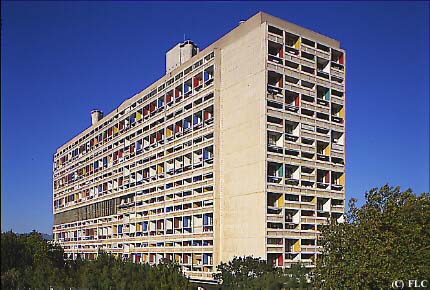
To be honest, I was a little underwhelmed. I think it’s because I’m seeing it in 2011 and not in 1955. What Corbusier did at the time was revolutionary, but like motion pictures or movable type. We accept it as an obvious solution and discount the importance. If only I had a time-machine. Also an almanac showing all the winning football teams from 1955 to now (You know, like in Back to the Future Part II) then I could be appreciating it’s enormity AND be wealthy. Two things I definitely am not right now.
Finally, and because I feel it is necessary is the Chateau D’If , which is only significant because I loved the Count of Monte Cristo. 
When you are looking at it, it really does seem like the kind of place you would be rotting for years, plotting your dark and bloody revenge for a dream denied.
So there you have it, Marseilles, dark, brooding, strange and somewhat affronting. This is in direct contrast to Aix en Provence, which is disgustingly charming.
Thus concludes our trip to Europe, aside from an uneventful 9 hour trek by train back to London and a 6 hour flight back. My sister and I survived and I could not be happier with the company I kept. So we fade into beautiful light.
Join us, won’t you, on our next adventure. It could be anywhere…China…Peru…Denver.
(Spoiler: It’s Denver and it was awesome)
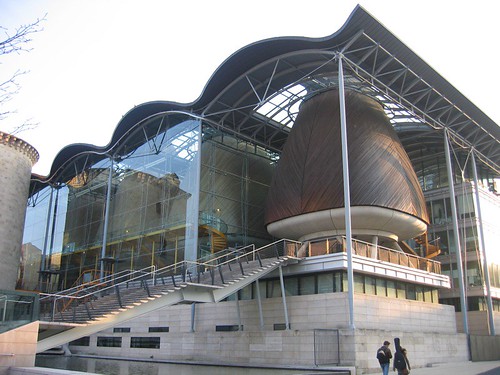
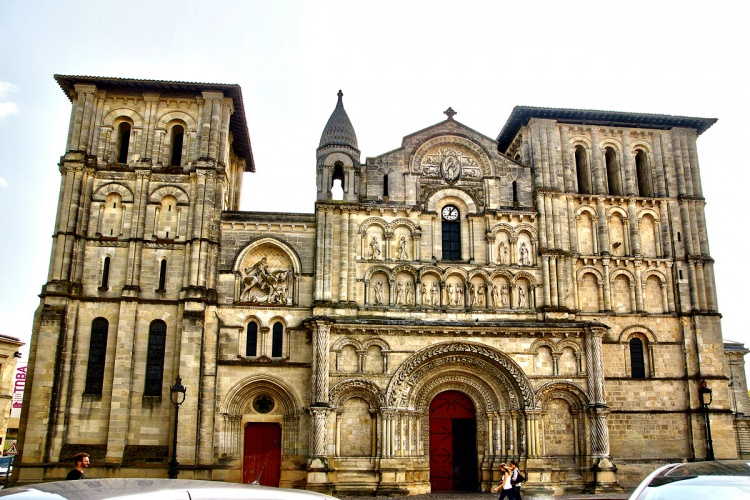








St. Paul’s Cathedral
You might remember St. Paul’s as the setting for a creepy-ass song about birds from a well known and delightful children’s movie.
http://www.youtube.com/watch?v=XHrRxQVUFN4
People love this song. Whatever. Guess what’s better? Dancing Penguins and Horse Racing, this was also in the movie. (I’m indifferent towards tea parties on ceilings)
Like Westminster Abbey, St. Paul’s Cathedral has a long and sordid history, along with more than its share of fire. Tracing its lineage back to pre-Norman roots, this was a standard story of Built, Beloved, Burned, Rebuilt, Revered, Razed, and so on (oh but let’s not forget the dissolution of the Church under Henry VIII, because this is, after all a Cathedral). All this architectural uncertainty ended in 1667 when it fell upon Christopher Wren to come up with its next incarnation. The previous embodiment had been influenced about 40 years earlier by Inigo Jones, who is generally thought to be England’s first “classical” architect.
In 1666 the entirety of London Burned to the ground and a huge upcrop of building took place. Wren actually had the foresight to come up with schemes to completely redesign the urban landscape of London. Why not? Rome had done the exact same thing a few decades earlier to make Churches easier to access for Pilgrims entering the city. It had done wonders for their economy (Those crafty Popes).
Unfortunately his design was dismissed in favor of replacing what already existed, the Cathedral was still workable, so suspicion remains that the powers that be decided to throw it in as a consolation prize.
Wren decided to pull a DJ mash-up and combined Greco-Roman, Gothic and Renaissance into one enormous structure. With all of these factors at play it’s to be believed that Wren was much more concerned about it as a famous poem implies:
Sir Christopher Wren
Went to dine with some men
He said, "If anyone calls,
Say I'm designing Saint Paul's."
-Edmund Clerihew Bently
Whether you love it or hate it (and there are people who do both) one thing that cannot be avoided is the sheer scale of the structure. It stands on the hill top near the Tate Modern: all-consuming, tall, romantic and slightly overbearing, like a Bronte figure. There is a poetic kind of closure that St. Paul’s has, a silver kind of sadness that hums seamlessly with the constant drone of the city. It’s also pretty hard not to like it when you know it survived the Blitz.
Plus the views from the top are phenomenal.
http://static.panoramio.com/photos/original/3637082.jpg
Speaking of views, let’s not forget our last stop in London, The Serpentine Gallery, located in Kensington Gardens.

The Serpentine Gallery
The actual gallery is nothing really to write home about. However, like many small packages it’s what inside that counts. Or at least that’s the case usually.
When I got there, the exhibit was one called “See, We Assemble” which I am sorry to say was just awful. According to the artist’s statement, his intent was to “explore the potential of the human imagination to appropriate and to animate a concept, an object or an environment. Drawing on his personal experiences, [Mark] Leckey returns frequently to the themes of desire and transformation.”
Wait a second.
You mean I have to go into a green screen room with a fridge in it, and the instruction video for said fridge playing stupidly loud on super slow and tell YOU what it means. Call it what you want, but I call it lazy.
Fortunately The Serpentine can back up its street cred in the world of Architecture without question. Since 2000, The Serpentine has had a world-class architect design a pavilion every year. The cast is as follows:
2000: Zaha Hadid
2001: Daniel Libeskind
2002: Toyo Ito
2003: Oscar Niemeyer
2005: Álvaro Siza and Eduardo Souto de Moura
2006: Rem Koolhaas with Cecil Balmond and Arup
2007 pre-pavilion 'Lilias': Zaha Hadid and Patrik Schumacher
2007: Olafur Eliasson, Cecil Balmond, and Kjetil Thorsen
2008: Frank Gehry
2009: SANAA
2010: Jean Nouvel
2011: Peter Zumthor
The Serpentine Pavilion Challenge is a chance for these architects to make the impossible possible for 4 months out of the year. With such a small scale, structure is only a minor concern and the scheme is everything. There are too many to go through each individually, but I highly recommend checking out the website:
http://www.serpentinegallery.org/architecture/
The aesthetics range from something vaguely reminiscent of a stewardess (Lilias) to the firm and patriotic countenance of a Royal Marine (Nouvel).
On the way back a Swan in Hyde Park and I had some words over a sandwich (THAT HE DID’NT EVEN PAY FOR). My sister and I had a drink and we plotted our Southern Escape.
Next Episode: How to Say “Bonjour” and other helpful French Phases.

 Well, well, well, if it isn’t Asher Benjamin,
Well, well, well, if it isn’t Asher Benjamin,
 Erich Mendelsohn,
Erich Mendelsohn,
 Dear Pierre Cuypers,
Dear Pierre Cuypers, I’m not sure I want to be saved, but when I look at your Gothic Rijksmuseum Amsterdam, I get a feeling I’ve not had in years. Maybe the apotheosis your architecture gives to all the Rembrandts and Vermeers, maybe it’s because it reminds me of a strict religion that I have rebelled against for a long time. Whatever it is, it’s tangible.
I’m not sure I want to be saved, but when I look at your Gothic Rijksmuseum Amsterdam, I get a feeling I’ve not had in years. Maybe the apotheosis your architecture gives to all the Rembrandts and Vermeers, maybe it’s because it reminds me of a strict religion that I have rebelled against for a long time. Whatever it is, it’s tangible. Dear Konstantin Andreyevich Thon,
Dear Konstantin Andreyevich Thon, You may get lucky though; you may be respected, loved even, after you are gone. My advice? Throw yourself into the future, get behind the latest construction techniques, design a train station, get involved in a big way. At least then, when the revolutionaries take over, you may be seen as an innovator, rather than a relic icon. Then again, Russians like those too.
You may get lucky though; you may be respected, loved even, after you are gone. My advice? Throw yourself into the future, get behind the latest construction techniques, design a train station, get involved in a big way. At least then, when the revolutionaries take over, you may be seen as an innovator, rather than a relic icon. Then again, Russians like those too. Dear Frederick Law Olmsted
Dear Frederick Law Olmsted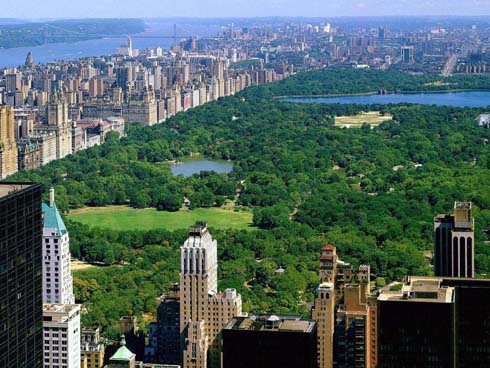
 Hey there Ed Bacon,
Hey there Ed Bacon, Dear Andrew Jackson Downing,
Dear Andrew Jackson Downing, But you’re different, you’re not advocating gardens just for the rich. I’m hearing that you want every person to have a chance to have a little piece of paradise of your own? How novel. How republican. How…noble.
But you’re different, you’re not advocating gardens just for the rich. I’m hearing that you want every person to have a chance to have a little piece of paradise of your own? How novel. How republican. How…noble. Ok. So they say the Chrysler Building lacks depth of meaning in its design. Well guess what nerds, it’s awesome. All the details reference it’s inspiration, if that’s not depth, I don’t want to know what is.
Ok. So they say the Chrysler Building lacks depth of meaning in its design. Well guess what nerds, it’s awesome. All the details reference it’s inspiration, if that’s not depth, I don’t want to know what is.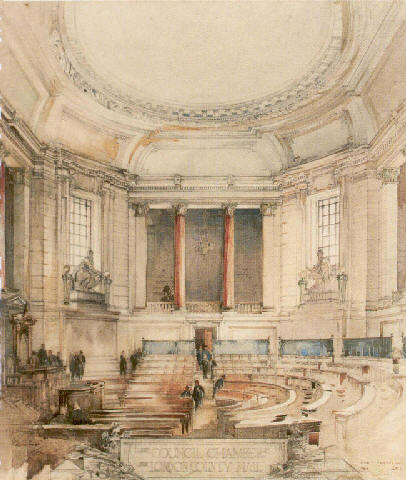 Ralph Knott,
Ralph Knott,
 Edith Wharton,
Edith Wharton,
 Elise De Wolfe.
Elise De Wolfe. Not everyone is as brave. Please come away with me. We can be honest, simple and sophisticated. We can do cartwheels all day in fine evening gowns and we will never once hear the clucking of teeth. Not that we care anyway.
Not everyone is as brave. Please come away with me. We can be honest, simple and sophisticated. We can do cartwheels all day in fine evening gowns and we will never once hear the clucking of teeth. Not that we care anyway.

